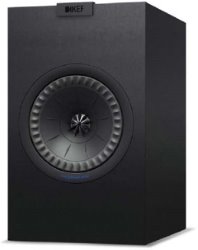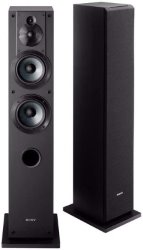KEF Q150 vs. Sony SSCS3
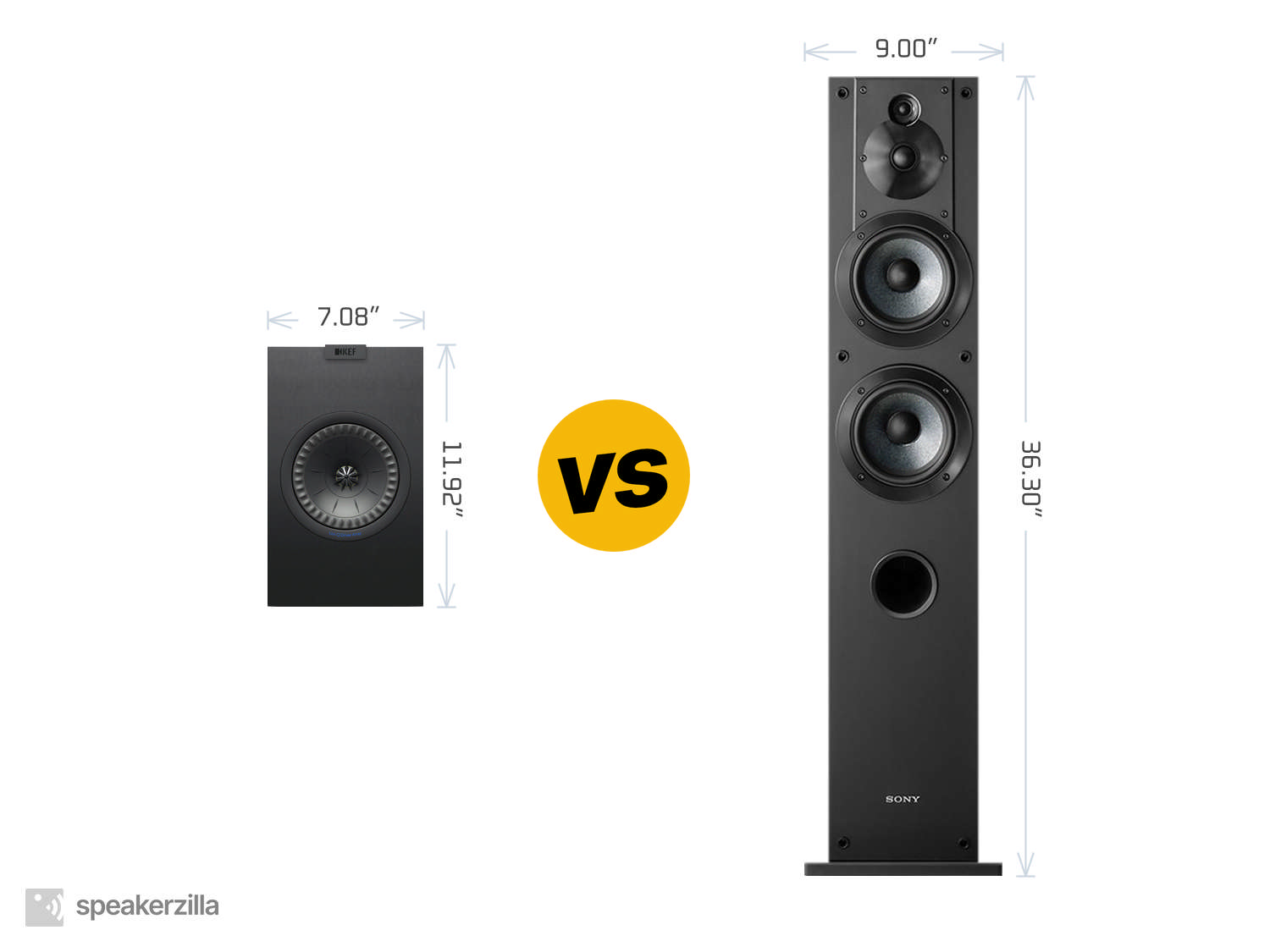
| KEF Q150 Bookshelf Speakers | Sony SSCS3 3-Way Tower Speakers |
| MSRP | |
| $600 | $460 |
| Dimensions (H × W × D) | |
|
11.92” × 7.08” × 10.94” 303mm × 180mm × 278mm |
36.30” × 9.00” × 10.25” 922mm × 229mm × 260mm |
| Power Type | |
| Passive | Passive |
| Frequency Response | |
| 51-28,000 Hz | 45-50,000 Hz |
| ASR Score | |
| 4.8 | n/a |
| ASR Score w/Subwoofer | |
| 6.9 | n/a |
|
Amazon.com
|
Amazon.com
|
Key Takeaways
TLDR Summary: In the realm of high-quality audio, the KEF Q150 bookshelf speakers and Sony SSCS3 tower speakers cater to different spaces and preferences. The compact Q150s deliver remarkable clarity and soundstage with their Uni-Q driver array, making them ideal for intimate listening environments. Meanwhile, the Sony SSCS3s offer a commanding presence with their 3-way design, producing a more impactful bass response suited for larger rooms. Both offer excellent value, but your choice may hinge on room size, aesthetic preference, and the type of listening experience you're after—whether it's the nuanced detail of the KEFs or the room-filling sound of the Sonys.
Speaker Comparison
When it comes to home audio, the avid listener is often faced with the choice between the nuanced, articulate sound of bookshelf speakers and the powerful, room-filling presence of tower speakers. The KEF Q150 Bookshelf Speakers and the Sony SSCS3 3-Way Tower Speakers represent two of the best options in their respective categories, providing premium sound experiences for audio enthusiasts. Both speakers offer unique attributes suited to different listening preferences and spaces, making the comparison a fascinating exploration into the world of high-fidelity sound.
Design Aesthetics and Build Quality
The KEF Q150 speakers boast a minimalist design with a sleek, matte finish that allows them to blend seamlessly into any room. Their Uni-Q driver array is not only a marvel of engineering but also lends a distinctive look to the speakers. In contrast, the Sony SSCS3 towers have a more traditional appearance, with a taller, slim profile that commands presence. While the Q150s display a contemporary vibe, the SSCS3 towers exude a classic charm that is equally at home in modern or traditional decors. Both are solidly built, but the KEF's compact form factor could be a deciding factor for those with limited space.
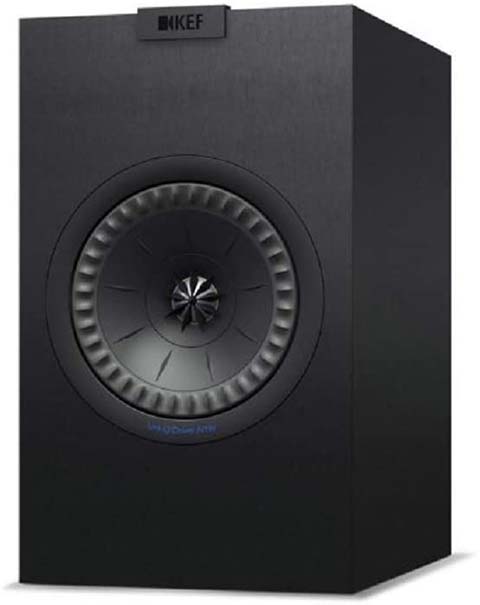
 (at Amazon.com)
(at Amazon.com)Soundstage and Imaging
KEF's Q150 speakers are renowned for their exceptional soundstage and imaging, thanks in part to the Uni-Q driver, which ensures that sound emanates from a single point. This coherent and precise sound dispersion creates an immersive listening experience, making them ideal for critical listening sessions. On the other hand, the Sony SSCS3 towers, with their three-way design and dedicated tweeter, mid-driver, and woofer, offer a wider soundstage that is more forgiving in terms of speaker placement. Though not as pinpoint as the KEF's imaging, the Sony speakers deliver an expansive soundscape that can envelop the listener in music.
Performance Across Frequencies
The KEF Q150s shine when it comes to midrange clarity and detail. Vocals are rendered with lifelike accuracy, and instruments are distinct and well-articulated. The high frequencies are crisp, without being harsh, and the bass, while not earth-shattering, is tight and controlled. Conversely, the Sony SSCS3s, with their larger cabinets and dedicated subwoofers, offer a more robust low-end performance that can fill larger rooms with ease. Their highs are bright and energetic, and the midrange, while not as detailed as the KEFs, is still well-defined and pleasing to the ear.
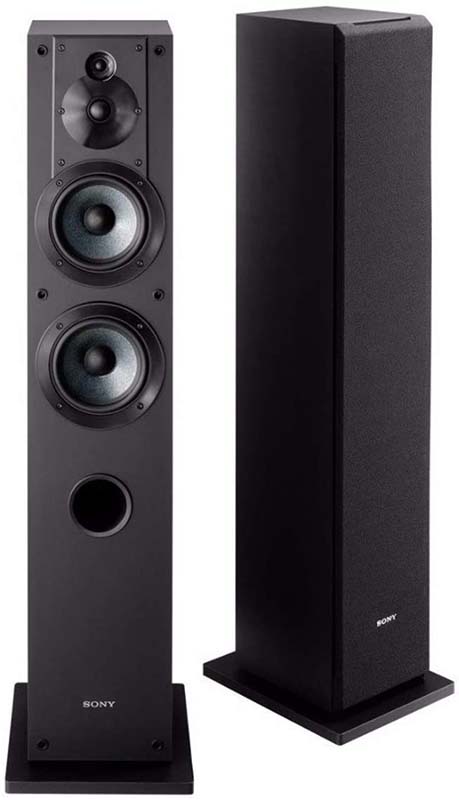
 (at Amazon.com)
(at Amazon.com)One of the most striking differences between the two speakers comes down to their bass response. The Q150s may require a subwoofer to satisfy bass heads or for use in larger rooms, whereas the SSCS3 towers can stand alone without the need for additional bass reinforcement. This makes the Sony option potentially more cost-effective and simpler to set up for those seeking a full-range sound without the complexity of additional components.
Compare to similar speakers
Versatility and Use Cases
For listeners who prefer a more intimate setting, the KEF Q150 bookshelf speakers could be the ideal choice. They excel in smaller spaces and near-field listening setups, such as a home office or bedroom, where their detailed sound can be appreciated up close. The Sony SSCS3 towers, in contrast, are designed to thrive in larger spaces such as living rooms or home theaters, where their ability to project sound can be fully realized. Additionally, the SSCS3's efficiency and sensitivity lend themselves well to pairing with a wide range of amplifiers and receivers.
Ultimately, the decision between the KEF Q150 Bookshelf Speakers and the Sony SSCS3 3-Way Tower Speakers hinges on personal preference, listening space, and intended use. Audiophiles who value precise imaging and a rich midrange may lean towards the KEF Q150s for their meticulous sound reproduction. Meanwhile, those who prioritize a powerful, full-bodied sound and have the space to accommodate larger speakers may find the Sony SSCS3 towers more to their liking.
In conclusion, both the KEF Q150 and Sony SSCS3 speakers offer compelling arguments for their respective positions in the world of high-fidelity audio. Whether you choose the immersive detail of the Q150s or the expansive sound of the SSCS3s, both sets of speakers are capable of delivering a truly enjoyable listening experience that can satisfy a diverse range of audio enthusiasts.
- KEF Q150 reviews and FAQs
- Sony SSCS3 reviews and FAQs
Check Current Prices: |
|
|
Amazon.com
|
Amazon.com
|
Affiliate Disclosure: As an Amazon Associate, we earn from qualifying purchases.
